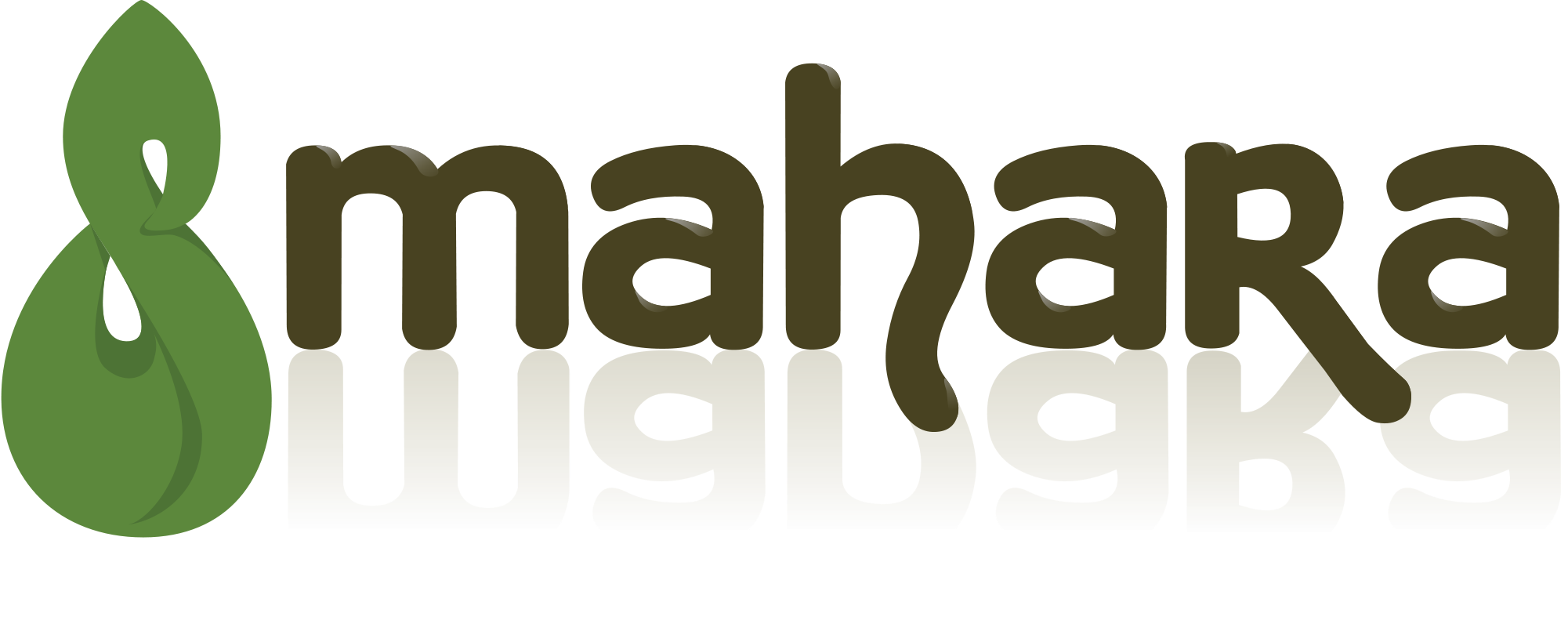Open Source learning technologies have to deal with a huge amount of preconceptions and myths, only last week I was talking to a military client who told me they couldn't choose an open source solution because of the security risks. This is ironic when you consider most of New Zealand's government, a huge number of banks globally, and even electoral data is held securely on Totara LMS. Sometimes internally hosted, sometimes externally hosted, but at a level of security well-tested and trusted by government agencies and big business alike. The caveat here isn't about the security but about the organisation. If you don't believe open source solutions can be secure then stick to your big corporates, but wonder how much of their profit goes into software development over issues like security? Anyway, I'm getting ahead of myself here..
The first preconception I get is usually around control. 'If I opt for open source I lose all control over the software'. In fact, this couldn't be further from the truth, when you choose a corporate LMS the developments are controlled by them pure and simple. They push out the updates and change your product as they see fit, the closest you get to control is sometimes having the option on the updates, more often this is a financial decision rather than a control one as the updates generally don't come free (when did you last see a free 'Windows' major upgrade? With an open source solution like Moodle you install what you want as you want and that includes plugins that enhance your performance. Yes, if I'm a large organisation with concerns around security and content then I would use an open source specialist to help me do this, but I retain control. If you like a bit more of a business model in the open source world then consider Totara and a managed set of plugins where the decisions are limited to major versions or customisations. Add to this a raft of options around how you host, whether or not to use dedicated space or shared sector or commercial space can give you exactly the type of solution you're looking for.
See my last blog for the discussion between free and freedom, but a misconception is that open source is simply a cheap option. For most organizations it is usually the case that an installation like Totara will be cheaper (yes significantly for large organisations) than a corporate offering, but that doesn't make it free. What it really gives you is the freedom on how your money is spent, instead of spending money on the advertising, branding that isn't yours and a direction you don't control, you spend your money on the hosting and security at the level you need, the look and feel of your own organisation and people like myself to help you implement and support the installation throughout the life of your LMS.
Believe it or not the most common misconception seems to be around scalability and the fact that an open source solution is targeted for small business alone. Whilst the flexibility and configurability is highly desirable to small business we are seeing a trend towards large organizations looking at Totara and Moodle solutions. I'm not naive enough to think that this is solely because the open source solution is a more adaptable and a better fit, but I do believe that is a bonus more important than the saving of money that attracts these larger organizations. In Sweden an installation of Totara is about to become the first to hit 1,000,000 users and there are already several in the hundreds of thousands with an exponential growth in its first 18 months or so. Moodle accounts for approximately 25% of registered LMSs globally with around 100,000 registered sites and 60 million users, that figure is growing as I hurtle through the air and that's not even considering the immense number of unregistered and unaccounted for sites that exist.
So the most likely thing holding back your organisation from turning to open source, has nothing to do with the open source product, it's probably got far more to do with the current inferior system that you are still stuck with based upon the lengthy contract that you entered. Of course it may simply be that you're just not ready, that's okay take your time, open source learning will continue to improve at a faster rate than your system and eventually the decision won't be that hard for you.
The facts is open source does work and is not industry or product specific (yes you can use whatever HRIS and performance management, word processing and accounting software you like). It's cloud based whether you host it or someone else does, it connects securely to other systems and itself, has the latest social and interactive features and offers freedom in every sense; if my blog inspires you to speak to someone other than Kineo then that's cool too, welcome to the community and I look forward to sharing with you soon.
If you haven't seen Totara 2 yet then drop me (or another open source provider) a line and prepare to move on.. Just wait 'til you see Totara Social in the not so distant future!
- Posted using BlogPress from my iPad
Location:30,000 feet above the Tasman









